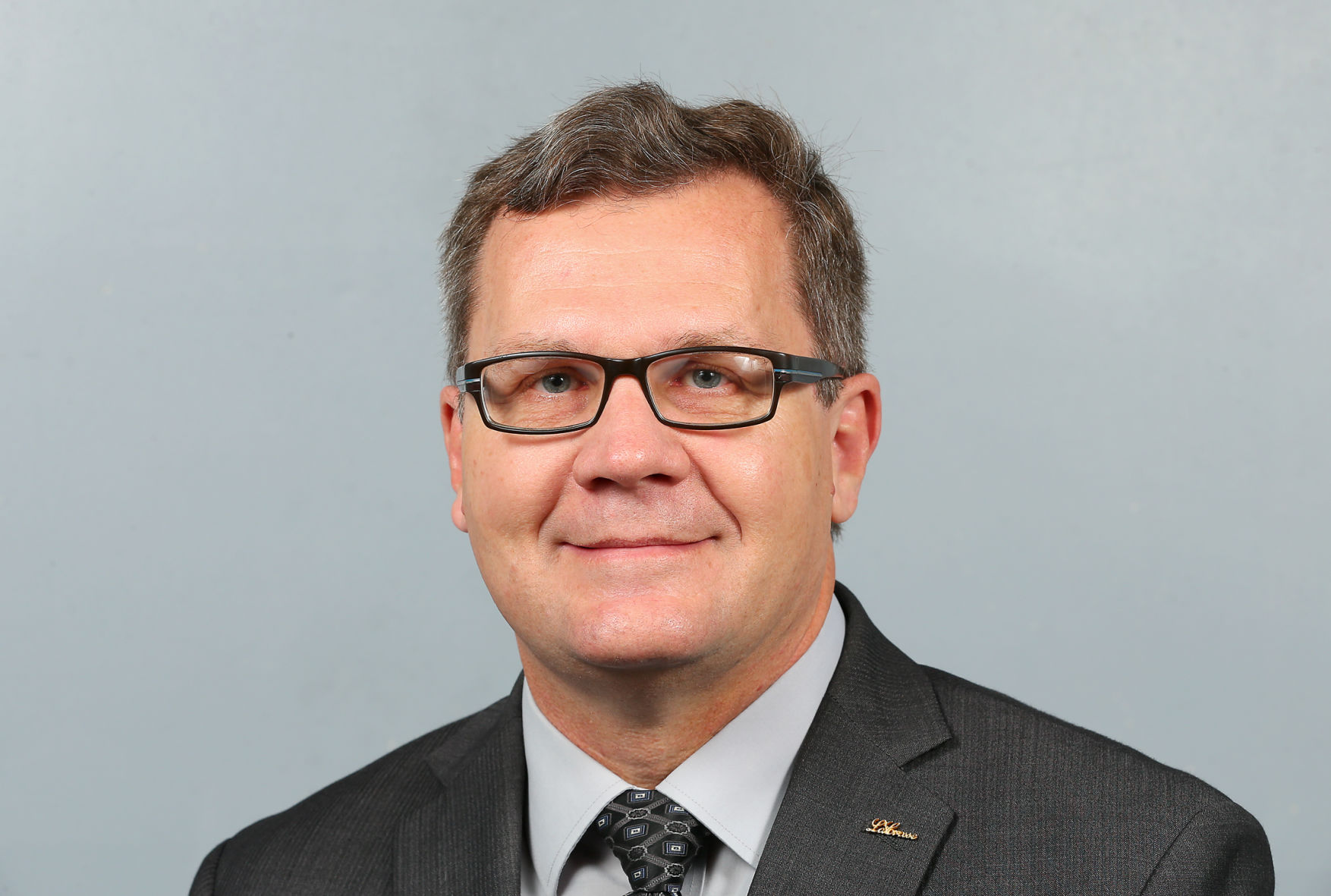Climate Corner: Sustainability and Resiliency on Wisconsin’s West Coast
- Share
- Tweet
- Pin
- Share

Tim Kabat
by Tim Kabat, Mayor of La Crosse
In La Crosse, we are striving to meet our shared responsibilities as stewards, leaders and supporters of our natural environment. I was honored to be invited as a guest speaker at the Door County Climate Change Forum this past May and I am pleased to provide this snapshot about the city of La Crosse’s progress at reducing our carbon footprint, saving tax dollars and making our community more resilient.
We have worked at these efforts for decades; however, we made the decision in 2007 to document our program. That year the La Crosse Common Council adopted a resolution naming La Crosse an eco-municipality and we began a strategic planning process to establish goals and measure progress.
La Crosse is a river town. People have called La Crosse home for thousands of years because of the bounty of our natural resources, including the Mississippi River, marshes, fisheries, bluffs and forests. We are also a railroad town. Today, we enjoy a diverse and robust economy, with major industry sectors including health care, education, manufacturing, retail, food production and tourism.
In 2007, we began our sustainability efforts by working to raise community awareness about sustainability and creating a baseline of indicators. We established “25 by 25” goals – as part of Wisconsin’s energy independent communities program – to reduce our fossil fuel usage and solid waste and increase our use of renewable energy and recycling by 25 percent by the year 2025. We are well on our way.
Since our base year, we have reduced city government’s carbon footprint by 30 percent. We did this with energy conservation and efficiency measures by installing auto switches, compact fluorescent lights, and variable speed motors, to name a few. We also purchased hybrid buses and vehicles, and installed renewable energy in the form of solar panels and geothermal heating and cooling. These measures save us more than $200,000 in operating costs each year.
In 2014, we switched to a single stream garbage and recycling cart system and have witnessed a 26 percent reduction in our solid waste and a whopping 141 percent increase in our community’s recycling! This system has been one of our most successful programs and has helped us clean up some of our densest neighborhoods.
In La Crosse we are striving to increase the number of commuters who travel by biking, walking, transit and carpooling and already exceed the national average, with less than 75 percent of our citizens getting to work by driving alone. Our city’s long, narrow geography – bounded by bluffs and Mississippi River – has enabled us to develop dense neighborhoods with jobs, shopping and recreation all within walking distance. We are investing heavily in our biking, walking and transit operations to achieve even greater results.
We vigorously protect and enhance our natural resources, with a blufflands protection program that has saved about 1,700 acres of wooded bluffs. Combined with our 1,100-acre urban wetland – the La Crosse River Marsh – our city is restoring significant habitats by removing invasive species, restoring goat prairies, planting pollinator gardens and improving water flow and native habitats.
Our challenge today – making La Crosse more resilient to storms, floods and weather events driven by climate change – may be our biggest and most difficult undertaking. To start, we were the first community in Wisconsin to adopt a “green complete streets” ordinance which requires us to build green infrastructure and transportation alternatives into each street project. This tool has served us well, as we are following stormwater best management practices, using permeable pavement and bricks, and bioswales in our new and repaired infrastructure. We have an active floodplain relief and resiliency program that seeks to enhance the flood storage capacity of the La Crosse River Marsh. We have constructed new levees and are flood proofing structures and working with our property owners to remove their homes from the floodplain, when possible.
Ultimately, our biggest achievement has been to include sustainability, efficiency and resiliency efforts into all of our city operations and projects, saving our resident’s tax dollars and simultaneously meeting our environmental responsibility to future generations. We are now striving to meet new 100-percent clean energy goals. We will be engaging our utilities, community and neighborhoods about what that means – 100-percent clean electricity for all city operations by the year 2035 and 100-percent clean energy for all of our community by 2050.
We are proud of our successes to date and look forward to continuing these efforts and much more to make La Crosse a sustainable, efficient and resilient model city. We know there are many efforts like ours happening all over Wisconsin – including in Door County – and we look forward to helping to grow local actions that make a global difference.
Tim Kabat was elected Mayor of La Crosse in April 2013 with 64 percent of the vote and was re-elected in 2017 unopposed. He serves as Chief Executive Officer for city operations, including oversight and management of 17 departments and 520 employees. He develops and manages a $71 million annual operating budget, long-term borrowing and debt service for the city. Mayor Kabat is a graduate of UW-La Crosse and has a master’s in Urban and Regional Planning from the University of Illinois at Urbana-Champaign.
The Climate Corner is a monthly column featuring a variety of writers from around the state and Door County addressing various aspects of the challenges and opportunities climate change presents. The Corner is sponsored by the Climate Change Coalition of Door County, which is dedicated to “helping to keep our planet a cool place to live.” The Coalition is always open to new members and ideas. Contact the Coalition at [email protected].
